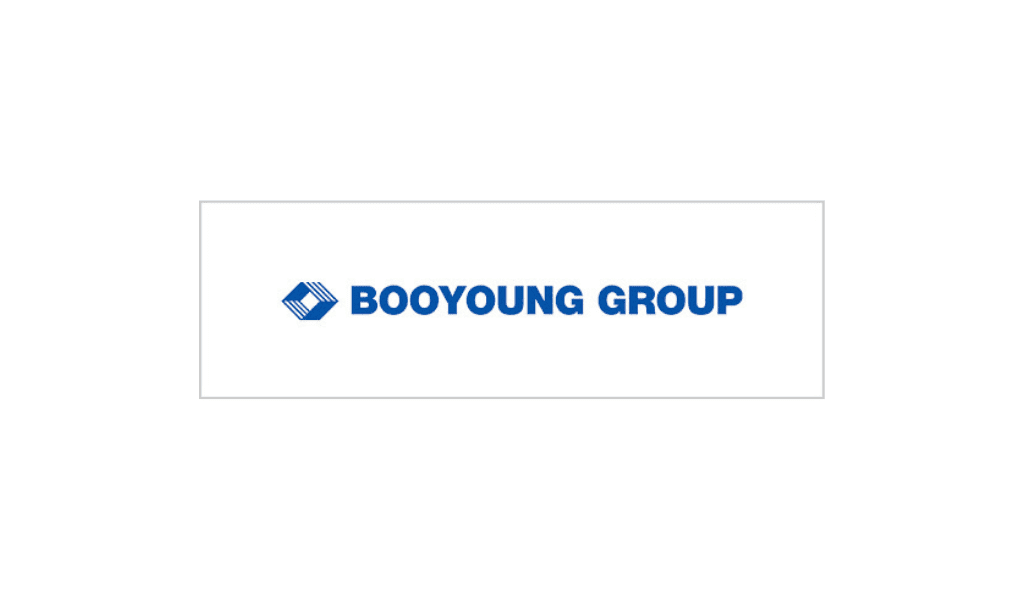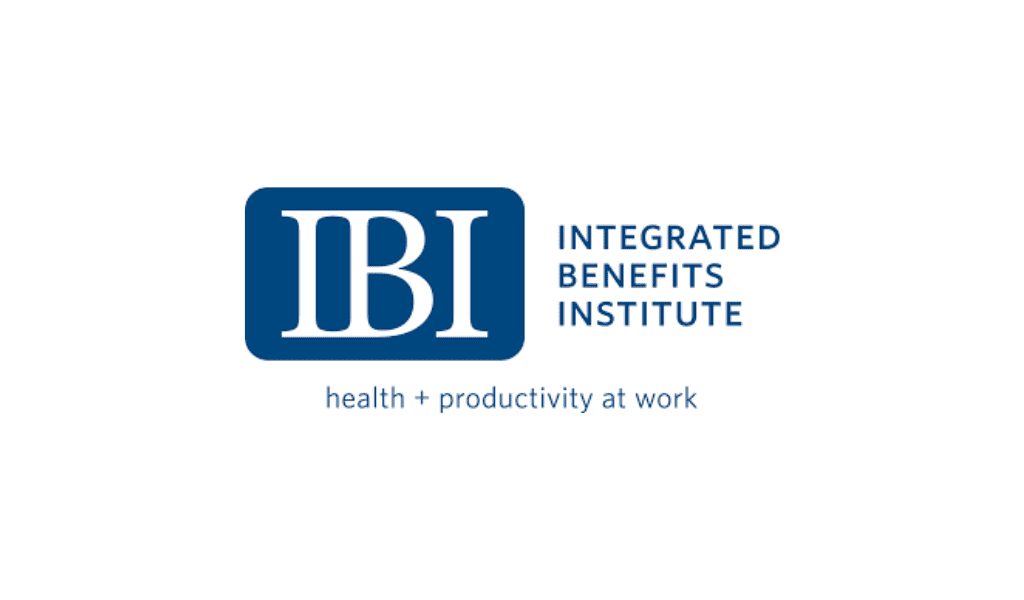Organizations can achieve benefits by offering employees sought-after flexibility, but best practices should be followed.
By Greg Besner
Work-life balance is more important than it used to be. While previous generations didn’t question the nine-to-five workday format, modern job seekers are willing to forgo higher paying positions based on company culture alone, according to research from Fidelity. Whether telecommuting, working four 10-hour days, working part-time or simply adjusting the start or end times of a workday, flexible work schedules can increase commitment and retention.
As more companies offer flexibility, they reap the rewards. According to the Harvard Business Review, the benefits of flex time go both ways, offering employers increased coverage hours, a recruitment edge, less use of paid leave and results-driven management. Employees, in turn, experience higher satisfaction and morale, reduced stress and often more efficient and productive use of their time.
Despite the many benefits to flexibility, one of the main friction points for many companies is the concern that employees will take advantage of less oversight. But the research shows that, while a few might do this, the benefits far outweigh the costs finds a survey from FlexJobs. Flexible working arrangements provide an escape from office politics, fewer distractions, and an overall reduction in stress, which in turn increases an employee’s ability to deliver results. By providing flex time, workers feel valued, trusted and that their needs are being prioritized. This can boost morale, creativity and productivity finds recruitment agency Robert Half. The result? Workplace culture improves, and a strong company culture engages employees and encourages them to stick around.
According to a Deloitte survey, in organizations with the least flexibility, the portion of workers planning to leave within two years is 45 percent, 18 points higher than those planning to stay for five or more years. In flexible organizations, the difference is only two percent, at 35 percent and 33 percent respectively.
Practice Makes Perfect
In order to develop a successful policy, flexible scheduling arrangements should be based on employee input. Organizations can either survey employees directly about flexible work options or solicit company-wide feedback. For instance, employees who want to start earlier and leave earlier to save on childcare costs may not benefit from an offer to work four 10-hour days.
When instituting flexible schedules, best practices dictate that it should be part of a formal policy, and that policy needs to include training for employees on how to be successful working outside normal timetables. Clear communication at the outset about expectations, productivity targets, and hours worked will reduce headaches down the road. And it is not just the employees who will need to adjust. Having a formal policy in place can help managers prepare to effectively plan and set clear expectations.
Remember that any policy that feels unfair can backfire and lead to decreased morale. When writing a policy, use past experiences with onboarding to indicate how quickly people can become proficient with their work and how quickly they engage with company culture. If an organization is just rolling out a new policy, start slowly. For example, test it with a small group or for a specific period of time. To avoid any backfire, be open and honest with employees that this is a test and will probably iterate on the program. This trial period enables organizations to work the kinks out of the system, track productivity, and acquire the right technology to make a successful program. Cloud-based software-as-a-service (SaaS) technology, such as Slack, Asana and file-sharing software such as Google Docs or an enterprise version of Dropbox or Box, is particularly suitable for flexible work arrangements, because it is easy to use, can be used on a mobile device and is location-independent.
Improving Culture
For many companies, their workforce is their greatest asset. With the competition for great talent getting steeper, improving company culture is essential. In fact, according to research from LinkedIn, most job seekers think culture is among the most important things to consider when looking for work.
When implementing flexible scheduling, organizations need to understand exactly how the changes will impact company culture. Assessing the situation before making changes allows a company to pinpoint a baseline for culture and engagement. Future data can then be weighed against this to help determine the exact effect of any changes that are introduced. People analytics can provide the results an organization needs in order to evaluate if a new initiative should be tweaked, expanded, or scrapped altogether.
Flexing Means Thriving
From attracting and retaining talent to improving company culture, more flexibility means happier employees. In a competitive marketplace where satisfaction with work requires more than higher pay, organizations that get on board will thrive. Until organizations start offering the perks that more workers demand, they will struggle to attract the best and brightest people that are central to growth, progress and success.
What Determines Employee Engagement?
An engaged employee feels like work and life mesh harmoniously, and their motivation in work stems from more than the size of a paycheck. Employees want to feel like their work serves more than the bottom line. A well-defined company culture can help feed and nurture that sense of purpose. This includes what the company says about itself -including its stated mission and values -and how well it follows through on creating that. An organization that encourages open communication and trust, both in the office and through flexible scheduling, can nurture a positive culture and engagement effectively.














